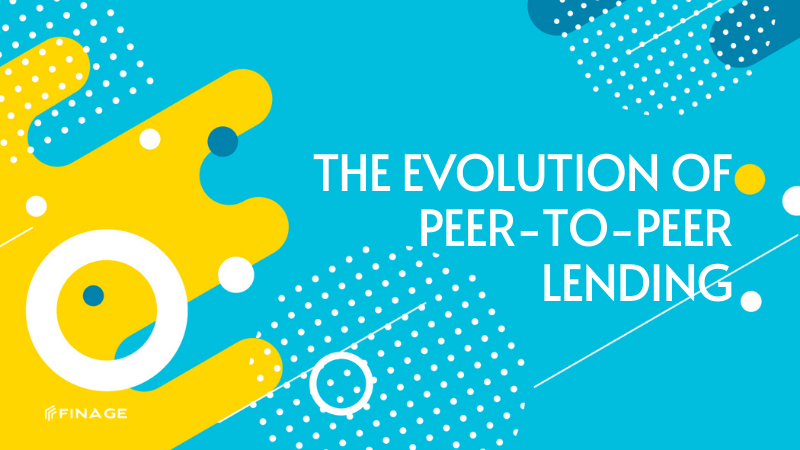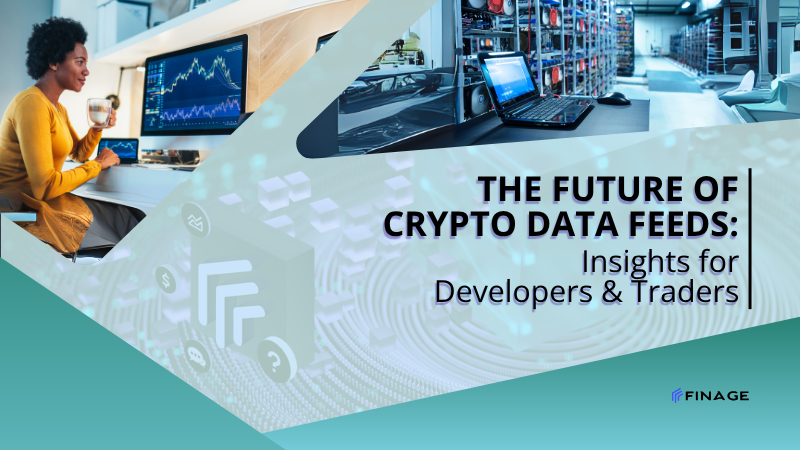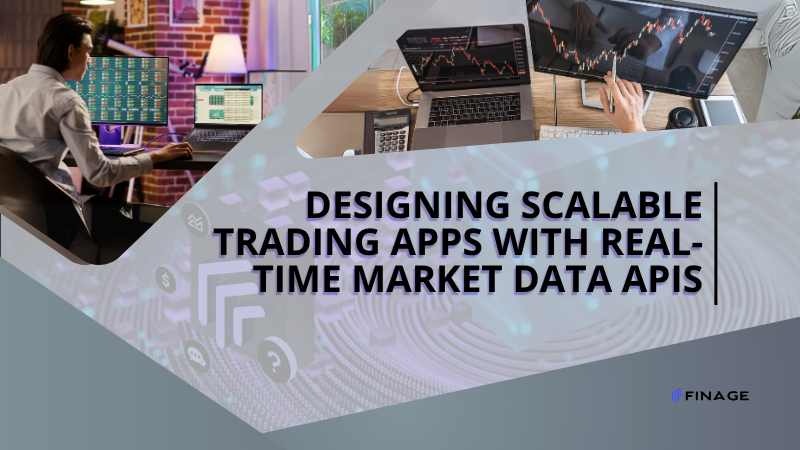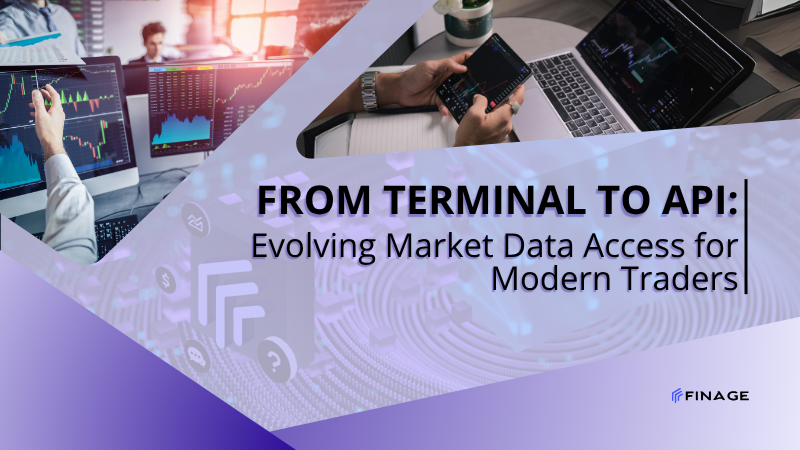The Evolution of Peer-to-Peer Lending
5 min read • January 31, 2024

Introduction
Peer-to-peer (P2P) lending has undergone a remarkable evolution, transforming the traditional lending paradigm by leveraging technology to connect borrowers directly with individual lenders through online platforms. These platforms facilitate borrowing and lending processes, bypassing the need for traditional financial intermediaries like banks. The rise of P2P lending is attributed to its accessibility, efficiency, and ability to offer competitive interest rates compared to conventional lending institutions. However, this burgeoning sector faces challenges such as credit risk assessment, regulatory compliance, and the need for investor protection, which are crucial factors influencing its growth trajectory.
This blog post aims to delve into the evolutionary journey of P2P lending, unpacking its impacts on the financial landscape, borrowers, and investors alike. It seeks to examine the benefits of P2P lending, including increased access to credit for borrowers and diversified investment opportunities for lenders, while also shedding light on the challenges posed by regulatory frameworks and risk management. Furthermore, the article intends to explore the potential future trends in P2P lending, considering technological advancements, regulatory changes, and evolving consumer preferences that may shape the trajectory of this innovative financial model.
Table of Contents
- Origins and Growth of P2P Lending
- Early Concepts of Peer-to-Peer Lending
- Expansion and Popularity in the Digital Age
- How P2P Lending Works
- The Mechanism of P2P Platforms
- The Role of Technology in Streamlining Processes
- Benefits of P2P Lending
- Accessibility and Convenience for Borrowers
- Investment Opportunities for Lenders
- Challenges and Risks
- Credit Risk and Default Rates
- Regulatory Challenges and Compliance
- Impact on Traditional Banking
- Competition with Traditional Financial Institutions
- Collaborations and Integrations
- P2P Lending in Different Markets
- Global Expansion and Localized Strategies
- Variations in Regulatory Landscapes
- Technological Innovations in P2P Lending
- Adoption of Blockchain and AI
- Enhanced Risk Assessment Models
- The Future of P2P Lending
- Predictions and Emerging Trends
- Potential Market Shifts and Developments
- Conclusion
Origins and Growth of P2P Lending
Early Concepts of Peer-to-Peer Lending
P2P lending began as a way to democratize lending by connecting borrowers directly with individual lenders, bypassing traditional banking structures.
Expansion and Popularity in the Digital Age
The digital revolution significantly expanded P2P lending's reach and efficiency, making it a popular alternative to conventional lending and borrowing methods.
How P2P Lending Works
The Mechanism of P2P Platforms
P2P platforms act as intermediaries, using websites or apps to connect lenders with borrowers, and often facilitate the loan process, including payment collection and credit checking.
The Role of Technology in Streamlining Processes
Technology plays a crucial role in P2P lending, from automating the loan application process to using algorithms for risk assessment and matching lenders with borrowers.
Benefits of P2P Lending
Accessibility and Convenience for Borrowers
P2P lending offers borrowers an accessible and convenient platform to obtain loans, often with fewer hurdles than traditional banks.
Investment Opportunities for Lenders
For lenders, P2P platforms provide an opportunity to invest in a range of loans, potentially yielding higher returns than traditional savings or investment products.
Challenges and Risks
Credit Risk and Default Rates
One of the primary challenges in P2P lending is managing credit risk, as borrowers may not undergo as rigorous a vetting process as they would in a bank.
Regulatory Challenges and Compliance
The regulatory landscape for P2P lending is still evolving, posing compliance challenges for platforms operating in multiple jurisdictions.
Impact on Traditional Banking
Competition with Traditional Financial Institutions
P2P lending platforms compete with traditional banks, offering alternative financing options for consumers and small businesses.
Collaborations and Integrations
Some traditional banks have started collaborating with P2P platforms, integrating their services to offer broader financial solutions.
P2P Lending in Different Markets
Global Expansion and Localized Strategies
P2P lending has expanded globally, with platforms adopting strategies tailored to local markets and regulatory environments.
Variations in Regulatory Landscapes
The regulatory framework for P2P lending varies significantly across different countries, impacting how platforms operate and expand.
Technological Innovations in P2P Lending
Adoption of Blockchain and AI
Emerging technologies like blockchain and AI are being adopted in P2P lending, enhancing security, transparency, and efficiency.
Enhanced Risk Assessment Models
Technological advancements have enabled more sophisticated risk assessment models, improving the credit vetting process.
The Future of P2P Lending
Predictions and Emerging Trends
The future of P2P lending may see increased regulation, technological innovation, and integration with traditional financial services.
Potential Market Shifts and Developments
Emerging trends include the development of new lending models and the increasing use of data analytics for borrower assessment.
Conclusion
Peer-to-peer (P2P) lending has emerged as a disruptive force in the financial landscape, providing an alternative platform that connects borrowers directly with lenders, bypassing traditional financial intermediaries. This innovation has democratized access to credit, offering a more inclusive borrowing experience for individuals and small businesses. P2P lending platforms leverage technology to match borrowers with investors willing to fund their loans, enabling a streamlined process and often more favorable terms compared to traditional banking institutions. This accessibility and flexibility have contributed to the sector's rapid growth, attracting both borrowers seeking financing and investors looking for diversified investment opportunities.
The continuous evolution of P2P lending, driven by technological advancements, presents significant potential for further revolutionizing the way individuals and businesses secure financing. Technological innovations, including advanced data analytics, machine learning, and artificial intelligence, are enhancing the efficiency and risk assessment capabilities of P2P lending platforms. These advancements enable better borrower profiling, credit scoring, and risk evaluation, thereby reducing default rates and increasing investor confidence. Moreover, the utilization of blockchain technology is being explored to enhance transparency, security, and efficiency in the lending process, potentially addressing trust issues and improving the overall reliability of P2P lending platforms.
Looking ahead, the future of P2P lending appears promising and poised for continued growth and innovation. As these platforms mature and become more integrated into the financial ecosystem, they have the potential to fill gaps left by traditional banking systems, especially in catering to underserved markets or individuals with limited access to traditional credit. However, ongoing regulatory considerations, risk management, and maintaining a balance between innovation and consumer protection will be crucial for sustaining the sector's growth. With technology as its driving force, P2P lending is set to play an increasingly significant role in reshaping the borrowing and lending landscape, providing a diverse range of financial solutions to a broader spectrum of borrowers and investors alike.
You can get your Real-Time and Historical Market Data with a free API key.
Build with us today!
Claim Your Free API Key Today
Access stock, forex and crypto market data with a free API key—no credit card required.

Stay Informed, Stay Ahead
Finage Blog: Data-Driven Insights & Ideas
Discover company news, announcements, updates, guides and more


